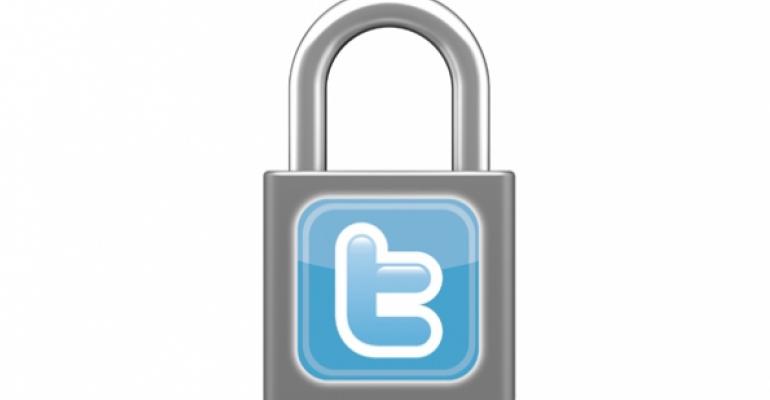In the wake of the Burger King hacking, Bob Lord, director of information security at Twitter, issued a reminder of “best practices around passwords — both on Twitter and on the Internet generally.” Among them:
• Use a strong password. Passwords should be at least 10 characters, with upper- and lowercase letters, numbers, and symbols.
“You should always use a unique password for each website you use; that way, if one account gets compromised, the rest are safe,” Lord advised.
• Be aware of suspicious links. Take extra care or avoid links in direct messages to your Twitter account.
• Make certain you are on twitter.com and not at a false URL.
“Phishing websites will often look just like Twitter’s login page but will actually be for destinations other than Twitter,” Lord said. “If ever in doubt, just go directly to twitter.com in your browser.”
• Protect your username and password. Third-party phishing sites will often promise ways of getting new followers or making money.
“When you give your username and password to someone else, they get complete control of your account and can lock you out of your account or take actions that cause your account to be suspended,” Lord said. “Be wary of any application that promises to make you money or get you followers. If it sounds too good to be true, it probably is!”
• Update computers and operating systems. Make sure computers have the most recent patches, upgrades and antivirus software.
“Patches are often released to address particular security threats,” Lord said.
Contact Ron Ruggless at [email protected].
Follow him on Twitter: @RonRuggless.




